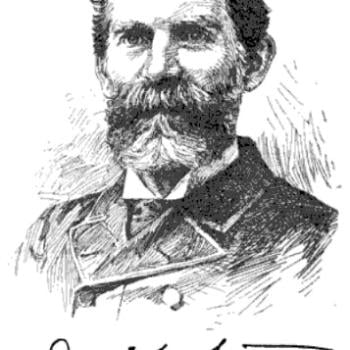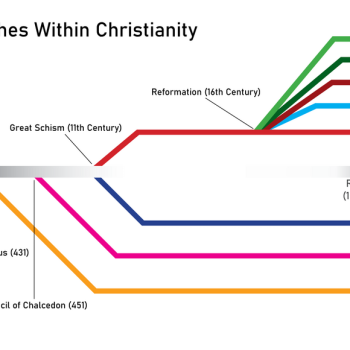[Referring to a documentary about “Davecat,” a devotee of life-sized sex dolls.] The reason that Davecat and the rather large number of people in our society who look at pornography prefer the image to a real presence is fairly obvious. As my teacher Steven Paulson has pointed out in the first section of this book: http://www.amazon.com/Lutheran-Theology-Doing-Steven-Paulson/dp/0567550001/ref=sr_1_1?s=books&ie=UTF8&qid=1393681909&sr=1-, dead images can be manipulated, whereas real presences cannot. Hardwired into our fallen nature is a need to be our own gods. This is a function of fallen nature’s need for self-justification. If God has condemned me through the law (which is ever present to me in his masks of the created order), then I must seek to control and manipulate him so as to stave off his threatening judgment. For that reason, a lifeless and manipulable image, rather than his real presence is preferable. If I make him an manipulable image, I can control him and place myself in a superior position. Within this scenario, I am now god.
The same thing goes for pornography. An image or a lifeless doll is preferable to real people, with emotions, and needs. Whereas images or dolls can be manipulated to fulfill the needs of the user, people cannot be- or perhaps, only with great trouble. Davecat never has to have a fight with, comfort, or worry about the emotional needs of his dolls. He never has to justify himself or his behavior to them. He is not accountable to them in any way. He can make them do whatever he wants because they are dead and lifeless things. So too with all false gods.
One last point on this issue, regarding how this relates to Reformed and Lutheran differences regarding idolatry. What I’ve written here shows that the actual issue of idolatry is only very superficially understood by the Reformed. Working from the Humanistic revival of Platonism during the Renaissance, Zwingli (and Calvin after him) assumed idolatry was the temporal image distracted from the uncreated atemporality of God. Within this view point (as David Bentley Hart puts it) God is an object that can presumably be lost among many objects. Therefore, Zwingli destroyed all the statues of Jesus and the Saints and whitewashed the churches.
Conversely, Luther teaches in the large Catechism that images when viewed on their own are largely irrelevant. The real issue is what the heart does with them. Whatever the heart trust in that is not the living God, is an idol. Therefore, images may remain in the churches as long as people are taught not to worship them or trust in them. Indeed, Luther pointed out that even in the Tabernacle and Temple there were many images, and so it is impossible to understand the First Commandment the way that Karlstadt and later Zwingli wanted to understood it, namely, as a total prohibition of religious art work. Following his typically Aristotelian concept of cognition, Luther observes that the very act of thinking about God or any of the doctrines of the Christian faith is to create intellectual image.
In this view then, the real issue is not temporality distracting from atemporality, but a manipulable image as an alternative to God’s real presence. Our intellectual images of God, just as the images within the Temple are not bad as long as they did not serve as alternatives to God’s real presence, but rather pointed to it. In other words, just as the images in the Temple point to the fact that God was present to share his holiness with Israel, so too our intellectual images of God (in the form of doctrine) and our church artwork, when used appropriately, point to the real presence of God in the Word and the sacraments. We know that God’s real presence is in these physical objects because God has promised to be present there. In being present, God does not present himself as a manipulable object, rather, he is present as either condemning law, or redeeming gospel. Those who act irreverently in relationship to this real presence suffer the same fate as those who offered “strange fire” in the OT. In the end, God will not be manipulated.
HT: Larry Hughes












